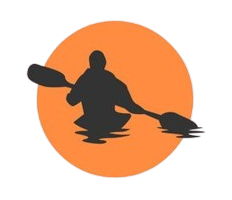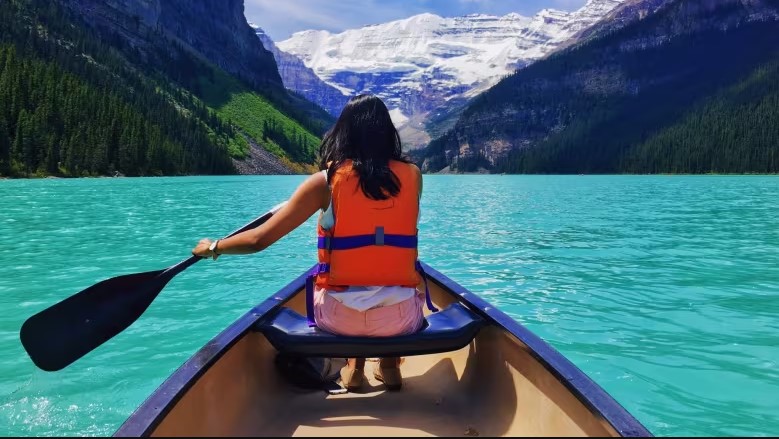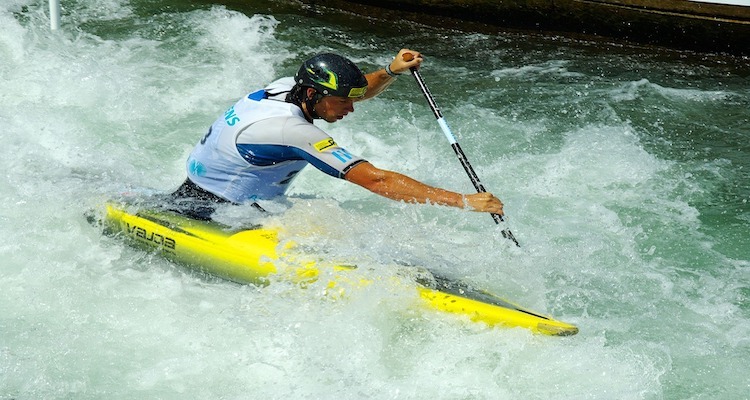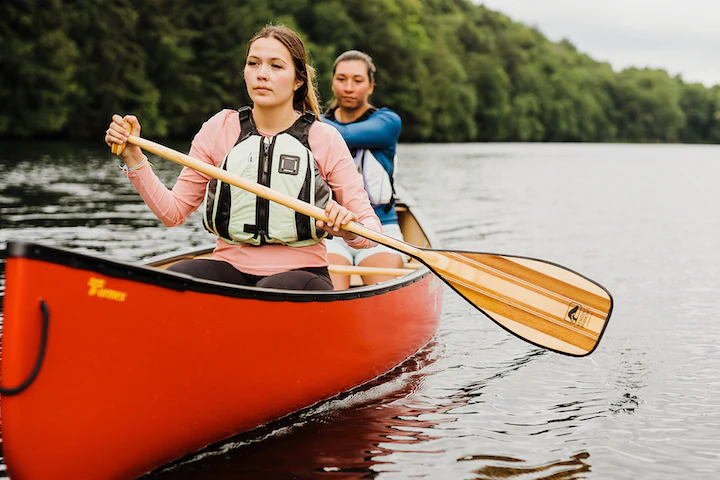The Beginner’s Guide to Canoeing
Canoeing is a serene and adventurous way to explore the outdoors, offering a blend of tranquility and excitement as you navigate lakes, rivers, and streams. Whether you’re a first-time paddler or looking to refine your skills, mastering basic strokes and having the right gear are key to enjoying a safe and rewarding canoeing experience. Here’s a comprehensive guide to help you get started:
Essential Canoeing Gear
Before you embark on your canoeing adventure, it’s crucial to gather the right equipment to ensure safety and comfort on the water:
- Canoe: Choose a canoe suitable for your needs, whether it’s solo or tandem. Canoes come in various materials such as aluminum, fiberglass, or durable plastics, each offering different weights and handling characteristics.
- Paddles: Select paddles with comfortable grips and appropriate lengths for efficient paddling. Taller paddlers may prefer longer paddles for better reach and leverage.
- Personal Flotation Devices (PFDs): Wear a properly fitted PFD at all times on the water. PFDs provide buoyancy and are essential for safety, especially in case of capsizing or unexpected emergencies.
- Safety Equipment: Carry essential safety gear such as a whistle, a throw rope, and a bilge pump or sponge to manage water inside the canoe.
- Appropriate Clothing: Dress in layers suitable for the weather conditions. Quick-drying materials are ideal, and consider packing a change of clothes in a dry bag for longer trips.
- Navigation Tools: Bring a map, compass, or GPS device to navigate unfamiliar waters confidently. Understand the waterways’ regulations and potential hazards before setting out.
- Dry Bags and Waterproof Containers: Protect your gear, electronics, and supplies from water exposure by storing them in waterproof containers or dry bags.
Mastering Basic Canoeing Strokes
Understanding and practicing basic canoeing strokes will improve your paddling efficiency and maneuverability:
- Forward Stroke: The forward stroke is fundamental for propelling the canoe forward. Plant the blade fully in the water near the feet, pull back using your core muscles, and exit the water smoothly near the hip.
- Reverse Stroke: To paddle backward or slow down, perform the reverse stroke by pushing the water away from the canoe. Reach back with the paddle blade and push it away from the stern.
- Draw Stroke: The draw stroke helps you move the canoe sideways. Hold the paddle perpendicular to the canoe, plant it in the water beside the canoe, and pull towards the hull to move sideways.
- J Stroke: The J stroke combines a forward stroke with a correction at the end to keep the canoe on a straight course. Start with a forward stroke and then turn the paddle outward near the end of the stroke to form a J shape.
- Sweep Stroke: Use the sweep stroke to turn the canoe. Start the stroke away from the canoe and draw it towards the stern in a wide arc, ending near the stern.
Getting Started on Your Canoeing Adventure
Now that you have the essential gear and basic techniques covered, it’s time to embark on your canoeing journey:
- Choose Your Location: Select a calm and suitable water body for your skill level, considering factors like wind conditions and water currents.
- Practice and Build Confidence: Spend time practicing basic strokes in shallow, calm waters before venturing into more challenging environments.
- Respect Nature and Safety: Practice Leave No Trace principles, respect wildlife, and prioritize safety at all times.
By mastering basic strokes and preparing with the right equipment, you’ll be ready to embrace the beauty of canoeing and create lasting memories on the water. Explore our additional resources and gear recommendations to enhance your canoeing experience further. Happy paddling!



